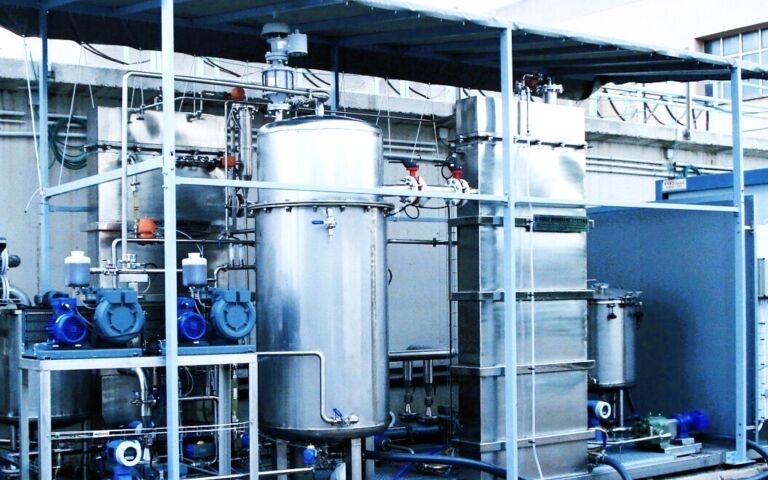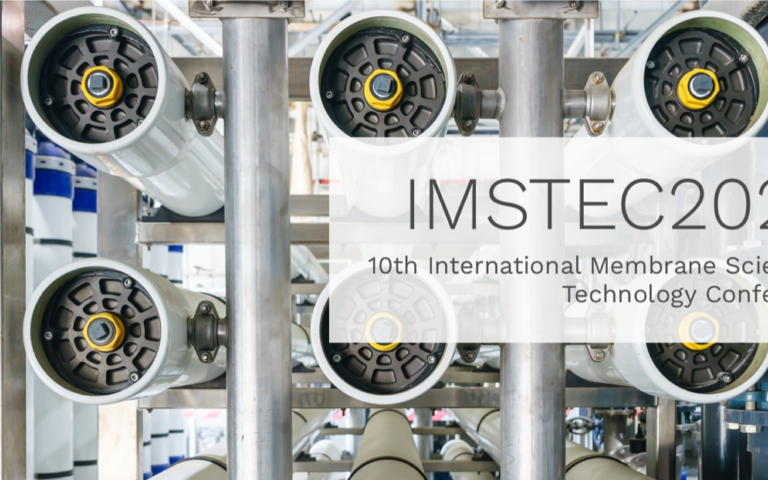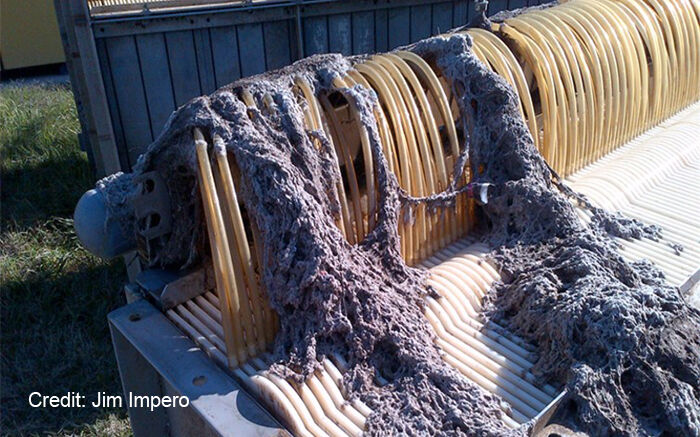MABRs vs MBRs
What is an MABR?
MBRs vs MABRs
Both a regular immersed membrane bioreactor (iMBR) and an MABR (a membrane-aerated biofilm reactor) consist of a membrane submerged in a tank, and in both cases this system is fed with air.
For the MBR, the membrane is used to separate the product water from the biomass. This means that the product water is clarified and largely disinfected. Also, the membrane tank is fed with the mixed liquor from the process biological tank rather than the wastewater itself.
An MBR thus represents a classical membrane filtration process with the membrane challenged with an extremely high suspended solids load. For the immersed configuration, air is used both to sustain the process microbiology, as with the classical activated sludge process, and to scour the membrane to keep the membrane channels free of mixed liquor solids.
For an MABR, a membrane-aerated biofilm reactor, the membrane is not used to filter the water. Instead, it is used to provide oxygen-enriched air to the process biology, replacing the conventional fine bubble diffuser. In doing so the oxygen is introduced in the molecular, or ‘bubbleless’ form. This leads to highly efficient transfer of oxygen, since the oxygen is no longer limited by diffusion from the inside of the air or gas bubble to the gas bubble surface and then across the surface to the surrounding water.
Because the membrane is being fed with molecular oxygen and is immersed in the tank being fed with the influent wastewater containing biodegradable organic matter, a biofilm forms on the membrane surface. An MABR is therefore an example of a ‘fixed film’ process - like a trickling filter or a moving bed bioreactor - as opposed to a purely suspended growth process (i.e. one based on activated sludge), as is the case for the MBR.
The MABR still has a mixed liquor of suspended particles, as with other fixed film processes such the moving bed bioreactor (MBBR), but at lower concentration than the MBR. Biological treatment is thus achieved both by the biofilm and by the suspended flocs.









